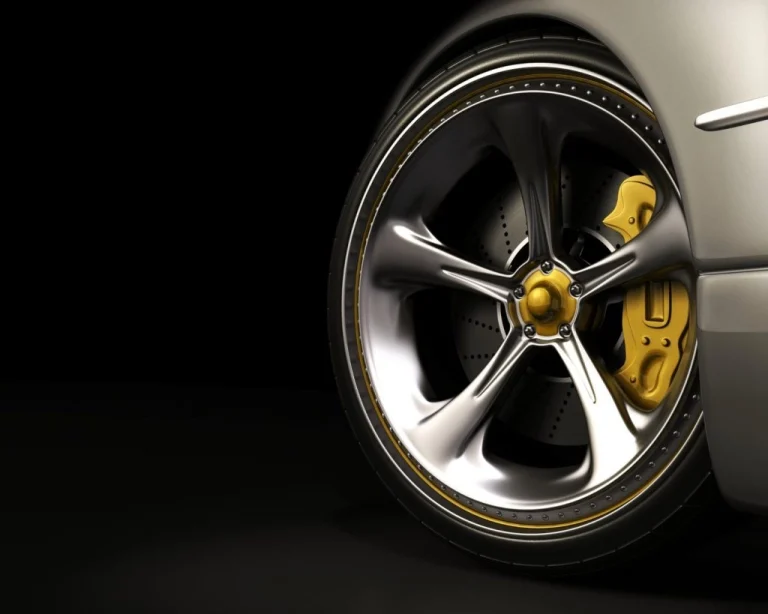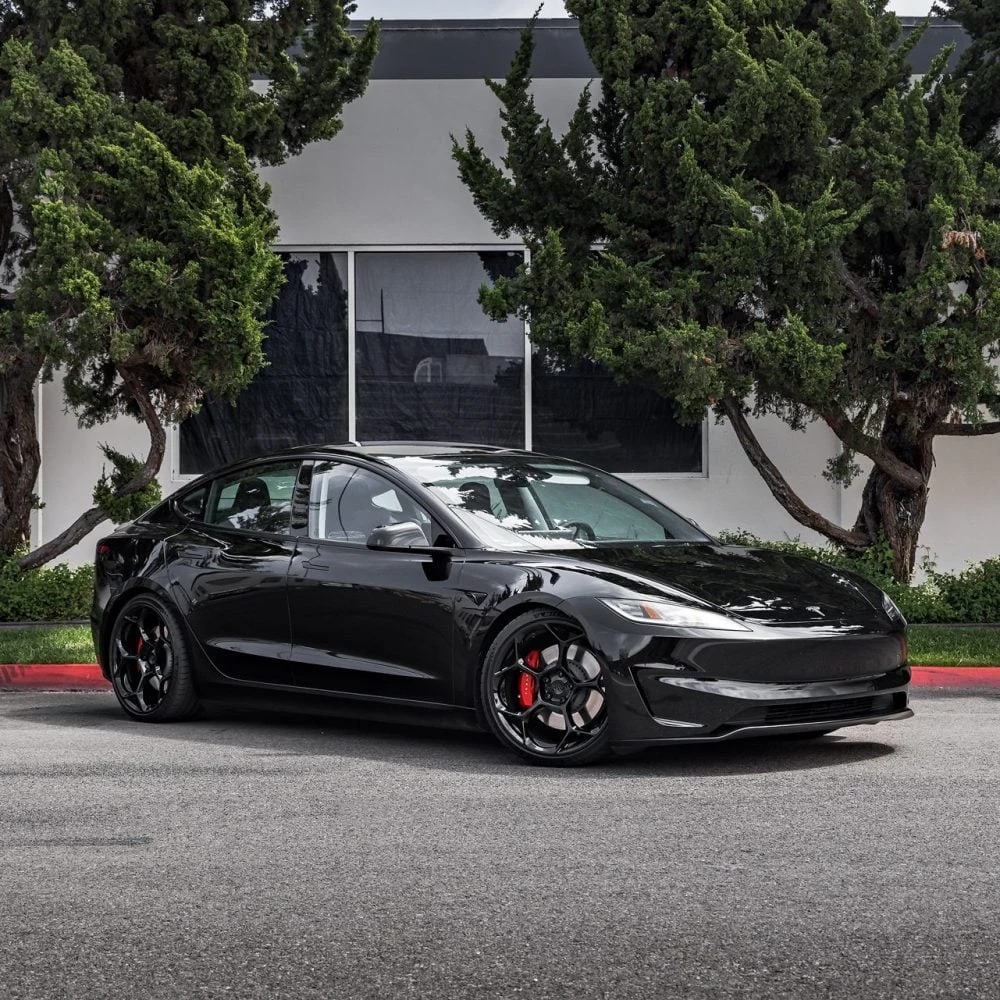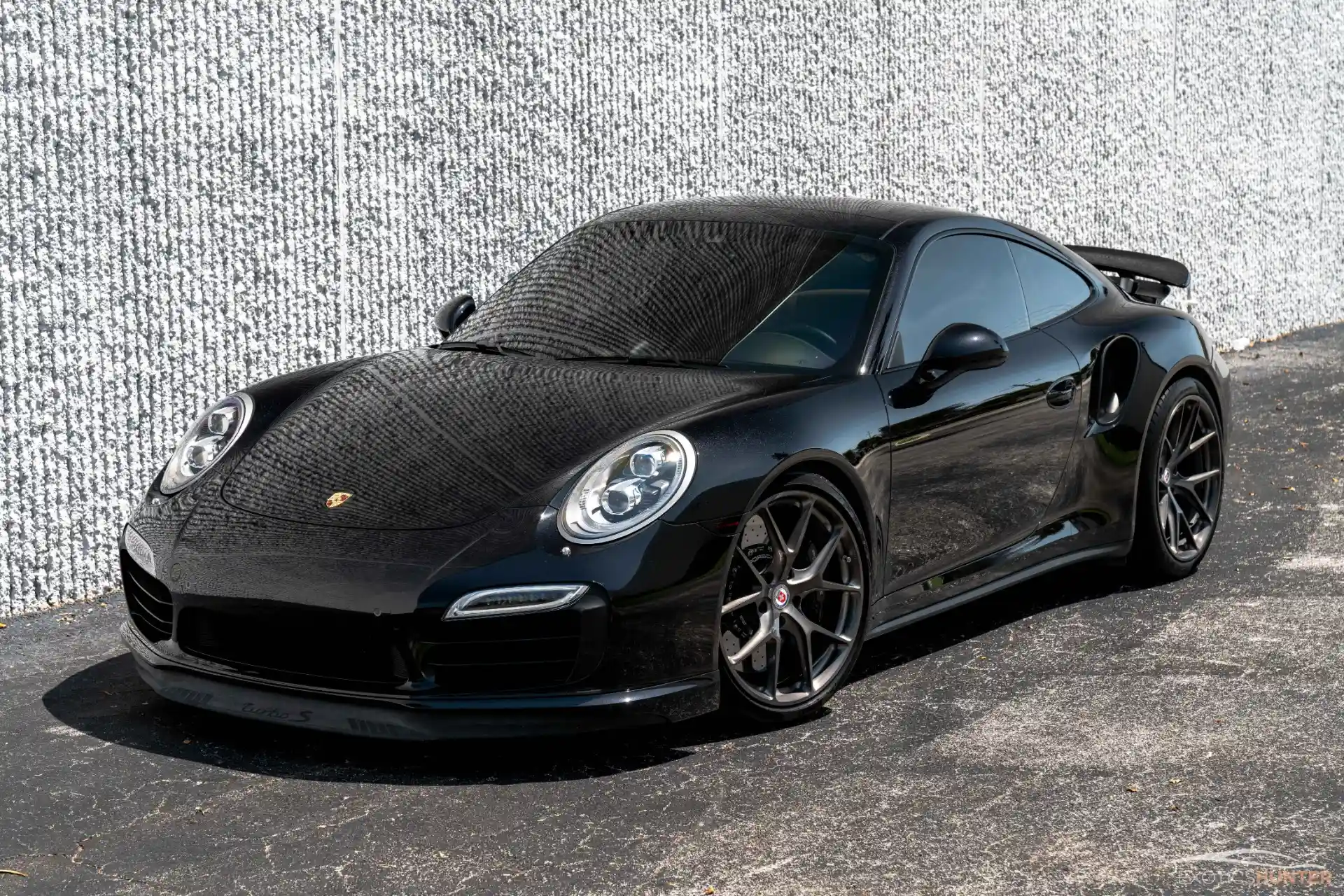In the world of car performance and looks, forged wheels are among the top choices of enthusiasts looking for strength, light weight, and good looks. However, the market is flooded with counterfeit products that look like real forged wheels but are not when it comes to quality and safety. It is important to know how to identify counterfeit forged wheels in order to ensure that you buy a product that will perform and last. This guide presents five simple tips to recognize fake wheels, which will help you make a smart purchase and avoid costly errors.
Why Real Forged Wheels Are Important
Forged wheels, made through a strong pressing process using high-quality aluminum, are much stronger and lighter than cast or fake wheels. Their solid structure improves performance in tough situations, like racing or off-road driving. But fake wheels often use poor materials or methods that mimic forging. This can lead to problems like breaking, bad fit, or even dangerous failure.
By knowing how to identify fake forged wheels, you keep your car, your safety, and your money secure. Let’s explore the five best ways to ensure you get the real product.
How to Identify Fake Forged Wheels: Top 5 Methods
1. Look for Proper Certifications and Markings
Real forged wheels meet strict industry rules, such as JWL, VIA, TUV, or DOT standards. These marks are usually carved or stamped on the wheel, often on the inner part or mounting area. Fake wheels may miss these marks or have blurry, uneven logos.
| Certification | Description | Why It Matters |
| JWL | Japanese standard for light alloy wheels | Ensures the wheel is strong for cars |
| VIA | Checked by Japan Vehicle Inspection Association | Proves wheels pass JWL tests by a third party |
| TUV | German standard for safety and quality | Shows wheels can handle tough conditions |
| DOT | U.S. Department of Transportation compliance | Required for road-legal wheels in the U.S. |
How to Check: Look closely for clear, neat engravings. If you can, ask the seller for certification papers. Trusted makers, like those offering high-quality 1-piece forged wheels, provide proof of these standards.
2. Check the Weight and Material Quality
A key feature of real forged wheels is their light but sturdy build. They use top-grade aluminum alloys, which are much lighter than the cheap materials in fake wheels. Counterfeit wheels often use heavier, weak metals or cast aluminum. This harms both performance and safety.
Steps to Identify Fake Forged Wheels:
- Weigh the Wheel: Compare the wheel’s weight to the maker’s details. A forged 18-inch wheel usually weighs 18-22 pounds. Fakes are often heavier.
- Check the Surface: Real forged wheels have a smooth, shiny finish with no rough spots. Fakes may show casting marks or uneven areas.
- Tap Test: Lightly tap the wheel with a metal object. Real wheels make a clear, ringing sound. Fake ones sound flat.
For instance, wheels like the VT-011 forged wheel are made carefully to ensure the right weight and strength.
3. Study the Manufacturing Details
The forging process creates a unique structure that makes wheels stronger. This is visible in the wheel’s design and finish. Fake wheels often lack the precision of proper machining, leading to messy designs or uneven patterns.
Details to Look For:
- Spoke Edges: Real forged wheels have sharp, clear spoke edges. Fakes may look rounded or poorly done.
- Bolt Holes: Check for clean, exact bolt holes. Fakes may have rough or uneven edges.
- Markings: Look for carved or laser-etched brand logos, common on real wheels. Fakes often use cheap stickers or shallow marks.
When looking at products like the VT-009 forged wheel, you’ll see the careful work that makes real wheels stand out.
4. Confirm the Seller’s Trustworthiness
Fake wheels are often sold through shady online stores or unverified sellers. To identify fake forged wheels, check the seller’s reputation and ensure they share clear product details.
Tips for Safe Buying:
- Read Reviews: Look for customer comments and ratings. Reliable sellers have steady positive feedback, like those on Vesteon’s official website.
- Ask for Papers: Request details about how the wheel was made, like material or forging process.
- Avoid Cheap Deals: If the price seems too low, it’s likely fake. Real forged wheels, like the VT-008 forged wheel model, cost more because of their high quality.
Always choose sellers who communicate clearly and prove their products are real.
5. Test the Wheel’s Strength
Before putting wheels on your car, do simple tests to check their quality. Fake wheels often fail under pressure because of weak materials or bad manufacturing.
Ways to Test:
- Look Closely: Check for tiny cracks or casting lines, which are common in fakes.
- Balance Test: Have a professional check the wheel’s balance. Real forged wheels are balanced for smooth driving.
- Load Rating Check: Make sure the wheel’s load rating fits your car’s needs. Fakes may lack proper ratings, causing failure.
By picking high-quality wheels, you can trust their strength for daily driving or high-speed use.
About Vesteon: A Trusted Forged Wheel Manufacturer
Shandong Vesteon Automotive Parts (Group) Co., Ltd., started in 2005, is a top maker of real forged wheels in Shandong, China. Covering over 100,000 square meters with 700 workers, Vesteon makes 3 million wheels each year, including 1-piece, 2-piece, and 3-piece forged wheels from 10 to 30 inches. Using advanced equipment from Germany and Taiwan, Vesteon follows ISO/TS quality standards and holds JWL, VIA, TUV, and DOT certifications. With a focus on “Quality first, Customer first,” Vesteon supplies strong, high-performing wheels to Europe, America, Australia, and more.
FAQs About Identifying Fake Forged Wheels
Q1. How Can I Spot Fake Forged Wheels by Checking Markings?
A1. Look for carved certifications like JWL, VIA, or TUV, usually on the wheel’s inner part. Real wheels also have clear brand logos and load ratings. Fakes may have blurry or missing marks.
Q2. What’s the Difference Between Forged and Cast Wheels?
A2. Forged wheels are made by pressing aluminum under high force, creating a strong, light structure. Cast wheels are poured into molds, making them heavier and less sturdy. To identify fake forged wheels, check for light weight and smooth finishes.
Q3. Why Are Fake Forged Wheels Risky?
A3. Fake wheels often use weak materials that can break under pressure. This can cause tire blowouts or loss of control. Real forged wheels are tested thoroughly to ensure safety.
Q4. Can I Trust Online Sellers for Forged Wheels?
A4. Only buy from trusted sellers with good reviews and clear product details. To identify fake forged wheels, ask for certification papers and check if prices match market standards.
Q5. How Does a Wheel’s Weight Show If It’s Real?
A5. Forged wheels are lighter than cast fakes because of their high-quality aluminum. Compare the wheel’s weight to the maker’s specs. Also, tap the wheel for a ringing sound to identify fake forged wheels.
Take Action: Keep Your Car Safe with Real Forged Wheels
Buying real forged wheels is about more than just looks—it’s about safety, performance, and confidence. By using these five simple ways to identify fake forged wheels, you can choose wheels that improve your car’s abilities. Don’t settle for low quality. Pick trusted makers and verified sellers to get the real product.
Ready to upgrade your car? Check out high-quality forged wheels today and make a smart choice that lasts. Your car deserves the best—choose real, choose strong.



